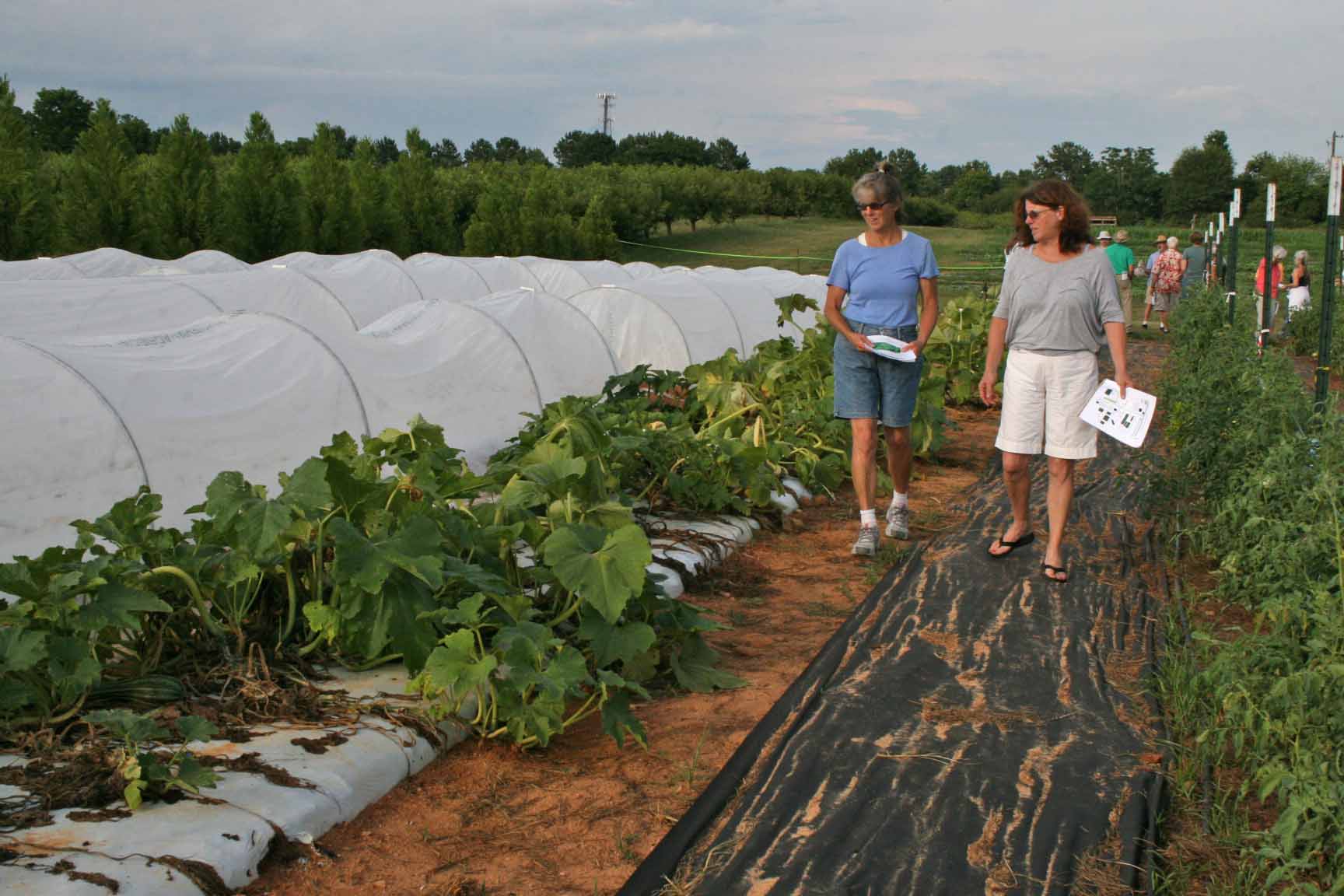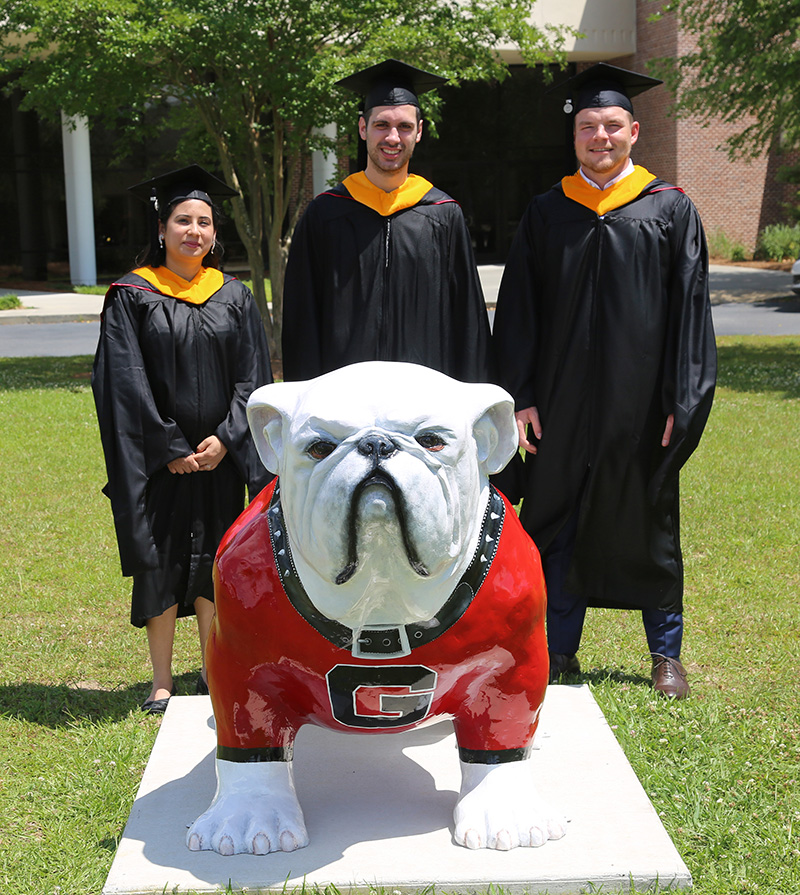 CAES News
CAES News
Rain, overwatering can cause slippery algae to pop up in turfgrass lawns
Recent dry weather encouraged the use, and possible overuse, of irrigation systems. Followed by tropical conditions characterized by heavy rainfall and humidity, there have been reports of a jelly-like substance growing in turf.





